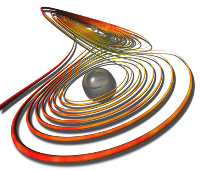3D Object Retrieval
The goal of 3D Object Retrieval research is to find effective and effcient similarity functions to allow searching, ranking and clustering of 3D object data for similarity. This is a challenge as 3D Objects typically comprise many different shapes and visual appearance properties, in addition to different material and functional properties. Furthermore, the notion of similarity is often subjective or domain-specific, hence in many cases can only be approximated. Our work falls into the following areas:

